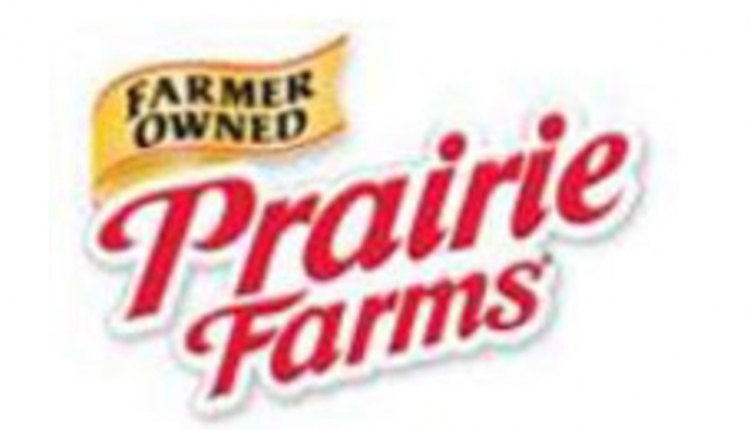

Preparations for summer heat stress usually focus on fans, soakers and shades, but one more item that needs to be evaluated - drinking water. Water availability for cattle is critical throughout the year, but during the summer it is even more critical. Water consumption can increase 25 to 50% during summer months compared to the winter, according to Joe Harner, Kansas State. Thus, what’s an adequate system in the winter, may not be sufficient in the summer.
Drinking or free water is the major source of water for dairy cows, although they obtain some from feed and metabolic water is also produced. Research has shown that water intake is influenced by pounds of milk produced, pounds of dry matter consumed, the dry matter content of the ration, sodium intake and environmental factors such as temperature.
Some general relationships regarding water intake include:
· 4.4 to 5 pounds of water required from all sources per pound of milk produced
· 0.4 gallons (3.3 pounds) of free water intake per pound of milk produced
· 0.5 gallons (4.2 pounds) of free water intake per pound of dry matter intake
All of these general relationships need to be increased during the summer months.
There are seasonal changes in drinking behavior which should be considered as well. During the winter, cows tend to consume a greater proportion of their water (85.9%) between 7 am and 9 pm, while during the summer water consumption occurs uniformly throughout the day. During the summer water consumption following milking and feeding occurs much quicker than during the winter.
Various researchers have evaluated how water trough design impacts consumption. Some of the results include:
· Cows consumed more water, increased their drinking time and the number of sips when drinking troughs were 24 inches high compared to 12 inches high.
· Eight percent of water consumption per day occurs at water troughs near the parlor exit.
· More water is consumed at center cross overs than at watering troughs located at end cross overs.
· Typically, water troughs should provide 2 to 3 inches of space per cow, but may need as much as 4 inches of space per cow when located in open lots.
· For dry lots water troughs should be within 250-300 feet of all feed, while in freestall housing water troughs are 100 to 140 feet apart. Concrete aprons, 10 to 12 feet wide, should be around all sides of troughs accessible to cows. If expect cows to drink from multiple sides, troughs should be at least 3 feet wide.
· The length of water troughs at parlor exits can be calculated by taking the number of cows on a side for a parallel or herringbone parlor times 2 feet per cow. For example, a Double-50 would need 50 cows X 2 feet per cow or 100 feet of trough space.
· For rotary parlors the minimum water trough length varies with parlor stall entry time. For example, at an 8 second entry time, 80 feet of space is needed; while at a 5 second entry time 120 feet of trough space is needed.
· Besides checking that enough space is available for cows to drink, make sure that flow rates are adequate to keep the troughs full despite the extra demand on the system from having sprinklers. To estimate the flow rate needed just for the trough, assume that cows need 0.5 gallons per minute of water per drinking space; thus if 40 cows can drink at a time, a flow rate of 20 gallons per minute is needed to keep the trough full.
When preparing for this summer’s heat stress, take the time to make sure that your water supply system is up to the increased demands faced by the impacts of summer heat stress as well as increased production on water consumption.
For more details on water considerations, see Harner’s proceedings manuscript on the High Plains Dairy Conference website at: highplainsdairy.org





